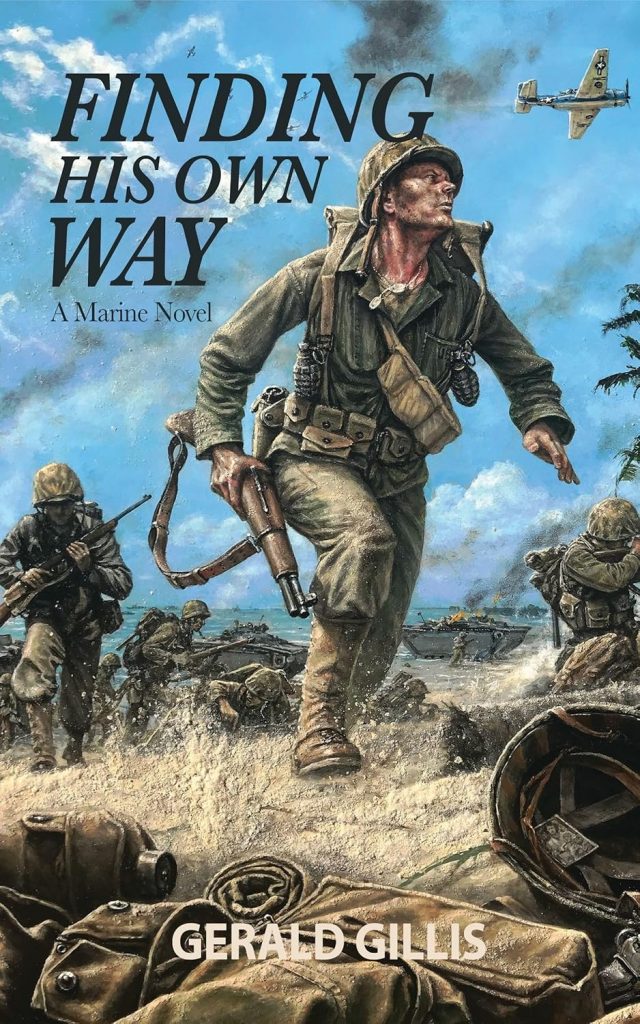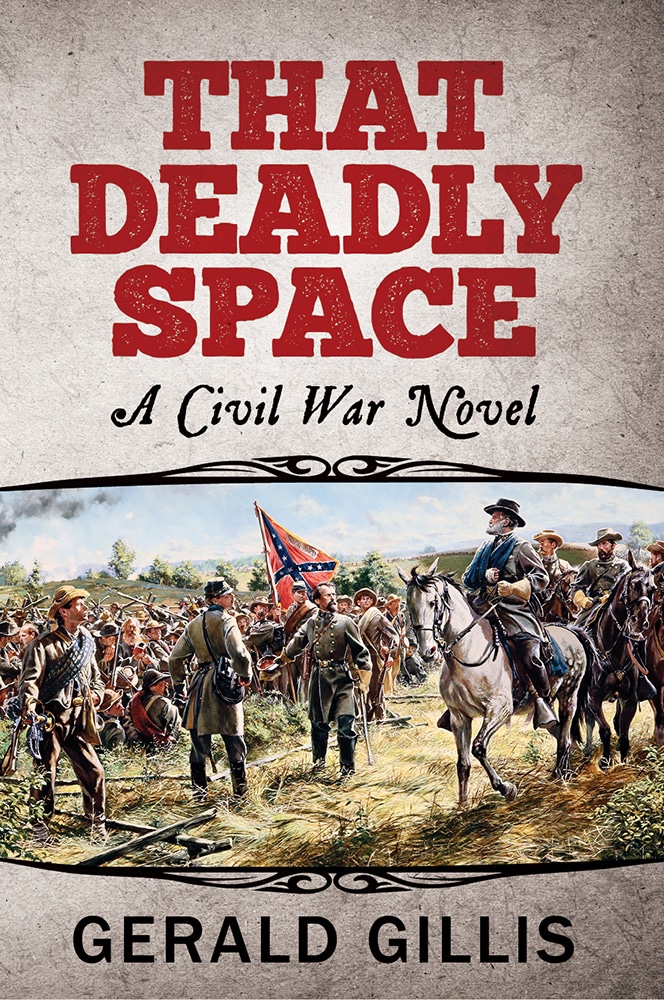Several years ago, I had the opportunity to visit the Maryland battlefield at Antietam (or Sharpsburg, to the Confederates) where, on September 17, 1862, the bloodiest single-day battle of the Civil War took place. At the conclusion of the day’s fighting, over 22,000 combined casualties were incurred. The battle pitted Confederate General Robert E. Lee against Union General George B. McClellan in what became a standstill by the end of the battle. The fighting took place in a cornfield, at a bridge crossing, and at a sunken road worn down by years of wagon traffic. The carnage was horrific all across the battle area, but it was at this bloody lane that best illustrated to me the slaughter that occurred at Antietam.
The fighting began at Bloody Lane with Confederates firing into successive Union lines of attack with devastating results. By the time the Union soldiers finally flanked the embattled Confederates, the road was so thick with bodies that it would have been possible to walk its length without setting foot on the ground. Colonel John B. Gordon, commanding a Confederate regiment, suffered five serious wounds, one to his face. Gordon would recover and eventually lead an entire Corps near the end of the war. The Union suffered 3,000 casualties, the Confederates 2,600. The fight lasted from 9:30 am until 1:00 pm. When the last of the Confederates finally peeled away from Bloody Lane, the exhausted Federals no longer had the momentum to pursue.
Here is a description of my main character in my novel That Deadly Space, Conor Rafferty, awakening in a converted hospital in Sharpsburg:
Conor awakened several hours later in a house in Sharpsburg that was being utilized as a field hospital. A doctor saw him attempt to sit up and walked over to check on him.
“I’m Doctor Whitmire, one of the regimental surgeons. Your wounds have been dressed, Captain, and your wrist has been immobilized. You should be fine in due course.”
“Did you have to amputate anything?” Conor asked as he began taking an inventory of his extremities.
“No, nothing that wasn’t already missing,” he said with a point toward his hand, which was heavily bandaged. “You were only minutes away from expiring due to blood loss. And no, we didn’t take your arm or leg off, and your scalp wound was sufficiently minor that we didn’t take your head off.”
“Sufficiently minor. All right, then,” Conor said, feeling the bandage on his head. “With all due respect, Doctor, I find your humor so sufficiently minor that you’ll forgive me if I don’t laugh myself into a coma. Do you have any word from the field on the outcome?”
“It’s stopped. Appears to be a stalemate, and a damned bloody one, at that. I’ve never seen anything like this.”
“Where is Colonel Gordon? Do you have any word on his condition?”
“I haven’t seen him here. I don’t know where he is.”
The surgeon then heard his name called and abruptly left.
By 5:30 pm, the battle was over. The wounded were treated in makeshift hospitals throughout the region. Wounded Confederates who could not be transported by wagon back across the Potomac into Virginia were left to the mercy of the Union doctors. McClellan did not pursue the battered Confederates, angering President Lincoln, who would soon replace him. Lincoln, incidentally, used the standoff as enough of a victory to issue his Emancipation Proclamation. The United States’ war aims thus changed from preserving the Union to preserving the Union and freeing the slaves.
Antietam, thus, was a battle of major importance.



